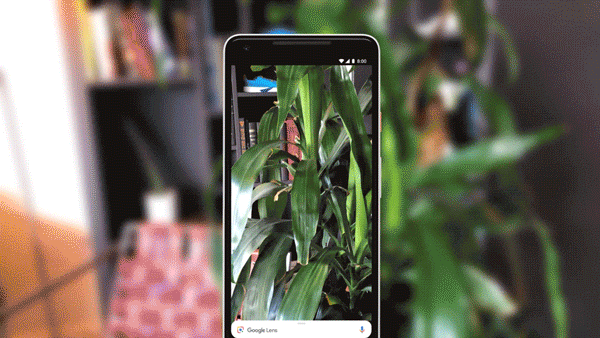For as significant as live experiences have been for both consumer and entertainment brands, data on in-person attendees has been paradoxically scarce. With an investment in and a partnership with event facial-recognition startup Blink Identity, LiveNation, Ticketmaster’s parent company, is trying to break into the black box of live event data.
“In the live music industry, the average fan buys between two to three tickets per transaction for a show,” writes Cherie Hu for Billboard. “But there is currently no widely-adopted method of determining who actually walks into the venue, or where those tickets go after that initial transaction—meaning that venues and ticketing companies have historically gathered accurate data only for around 1/3 to 1/2 of concertgoers.”
LiveNation, as revealed in its earnings report for Q1 2018, is hoping to address this data gap.
“It is very notable that today we announce our partnership with, and investment in, Blink Identity which has cutting-edge facial recognition technology, enabling you to associate your digital ticket with your image, then just walk into the show,” the company wrote in a statement.
While paper-free ticketing is a direct application of Blink Identity’s technology, LiveNation and Ticketmaster see other possible uses for such granular attendance data. In a statement to AListDaily, a Ticketmaster representative claims the facial recognition data will permit the company to gather information on individual attendees, opening all attendees up to personalized messaging, even in-venue.
“It’s part of what we’ve tried to redefine Ticketmaster as over the past several years. And one of the reasons why we do think it’s more successful now is, we’re willing to look at outside technologies, outside partners, how it is we can bring them in and enhance the overall fan experience, make things more effective for the venues,” said Michael Rapino, LiveNation’s CEO, on its earnings call. “Whether this becomes the solution for everything or whether this becomes interesting product for a number of clients is to be determined.”
Though some biometrics privacy laws bar companies from profiting from the information they collect (such as facial scans), Ticketmaster believes it can use the technology to build attendee profiles and provide them with relevant offers and product tie-ins.
Blink Identity’s facial recognition will be installed in Ticketmaster Presence systems at the company’s corporate buildings and several LiveNation venues to test its capabilities “soon.”


